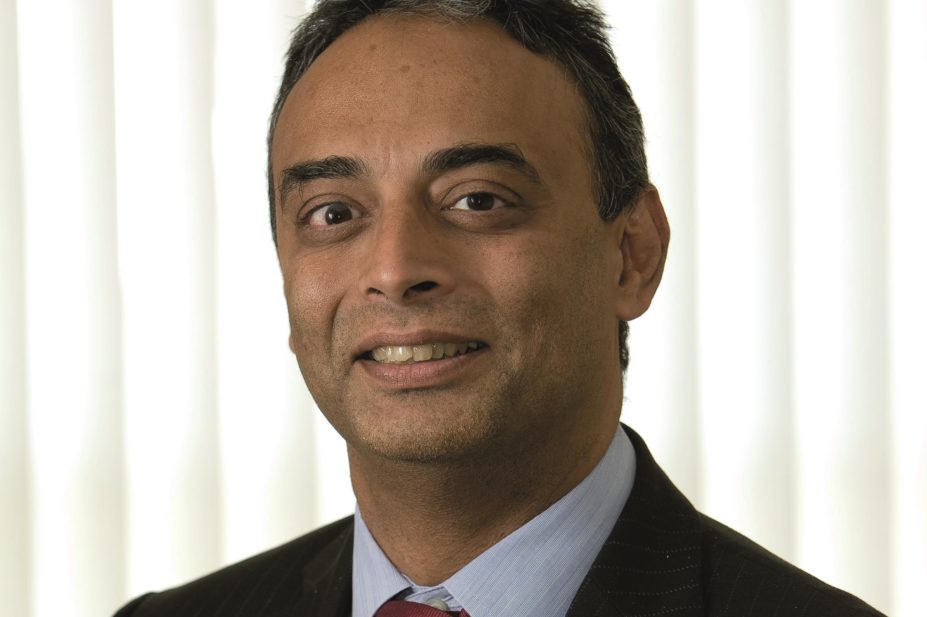
Royal Pharmaceutical Society
I am sure I am not alone in welcoming the words of Earl Howe, Parliamentary Under Secretary of State at the Department of Health, during his address at the annual Royal Pharmaceutical Society (RPS) conference in Birmingham in September 2014. He praised the work the RPS has been doing and continues to do around the important issue of medicines optimisation. Similar work is being done by the RPS in Scotland and Wales. The terminologies might vary in each country, but the aim is the same. We all want improved patient health outcomes through better use of medicines.
This is one of the Society’s major priorities, as shown by the work done by the English Pharmacy Board. Our ultimate aim is to see the principles of medicines optimisation embedded into routine practice for pharmacists, prescribers and others working in health and social care to ensure improved outcomes and safety for patients from their medicines.
The medicines optimisation good practice guidance that the RPS led on is endorsed by the Royal College of General Practitioners, the Royal College of Nursing, the Academy of Medical Royal Colleges, the Association of the British Pharmaceutical Industry, and NHS England, and has been well received by those in the pharmacy profession.
In order to improve health gains from medicines, the RPS continues to work closely with the royal colleges and is bringing medicines optimisation to the attention of other external stakeholders.
A suggested solution for antimicrobial resistance
The RPS has also been at the forefront of Prime Minister David Cameron’s call for global action to tackle the growing threat of resistance to antibiotics. One of the major challenges is that large sums of money are needed. As Jayne Lawrence, RPS chief scientist, pointed out in her response to Cameron’s call, there is the need for a sea change in funding for new discoveries. It can cost up to £1bn to take a drug from an initial idea into the market, in a process that can take around 12 years.
To overcome the fact that some antibiotics are only used for short periods — and therefore the volume of sales is often not enough to recoup the investment in development — the Society has suggested that pharmaceutical companies could be partly paid upfront for the cost of drug development, and receive royalties later, rather than by the volume sold when the drug reaches the market, as is the case now.
This, of course, was not the only topic to be discussed at what must surely be one of the most successful conferences the Society has put on to date. I was energised by the discussions on public health, education and best practice, just to name a few.
FIP congress
Elsewhere, the busy schedule for the Society has been continuing. The International Pharmaceutical Federation congress in Bangkok, held on 31 August–4 September 2014, for example, gave us an opportunity to engage with colleagues around the world on education in pharmacy, yet another area in which the RPS leads the way. This also provided us with yet another opportunity in which to represent British pharmacists on the world stage.
Looking ahead
Now, following the Scottish referendum, many will be relieved that we can put aside thoughts of a profession divided by borders. The run up to the general election is now under way. The Society is, of course, well represented, not only to put pharmacy’s case wherever appropriate but to provide useful feedback for members on major issues which may affect the profession. All of this will help us as we prepare to set our own priorities for the years to come.
You may also be interested in
Long service of members

Membership fees 2022
